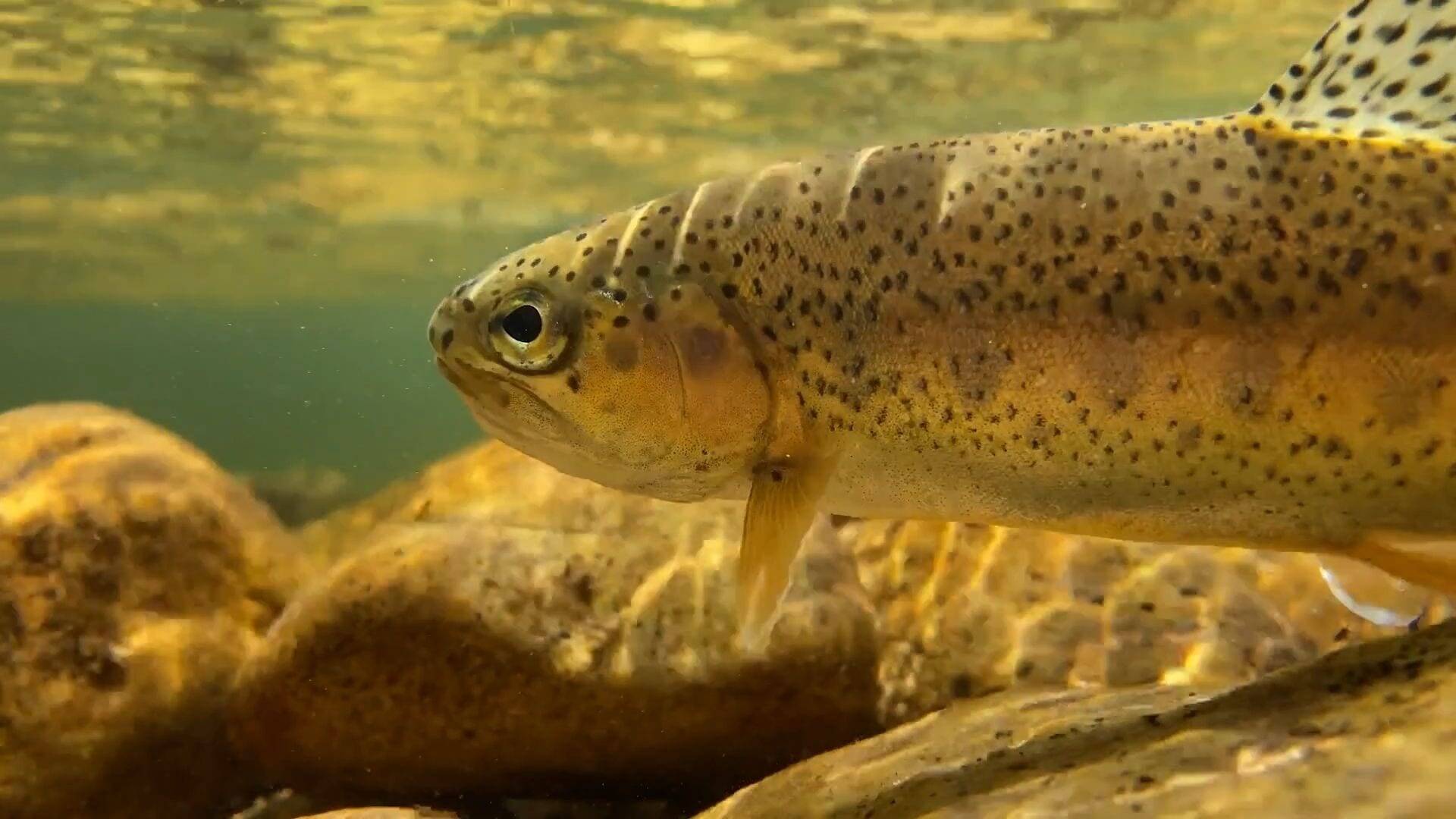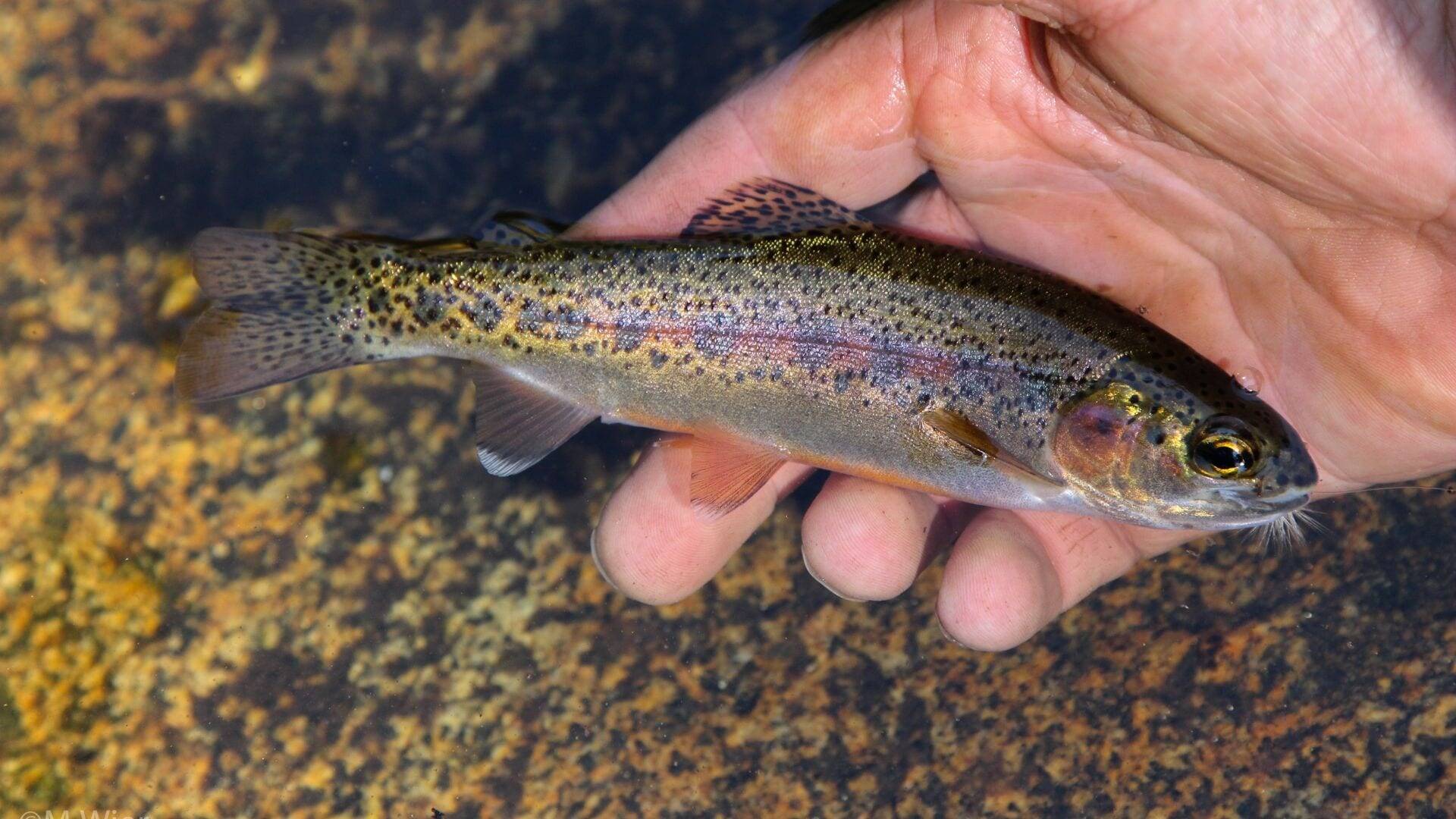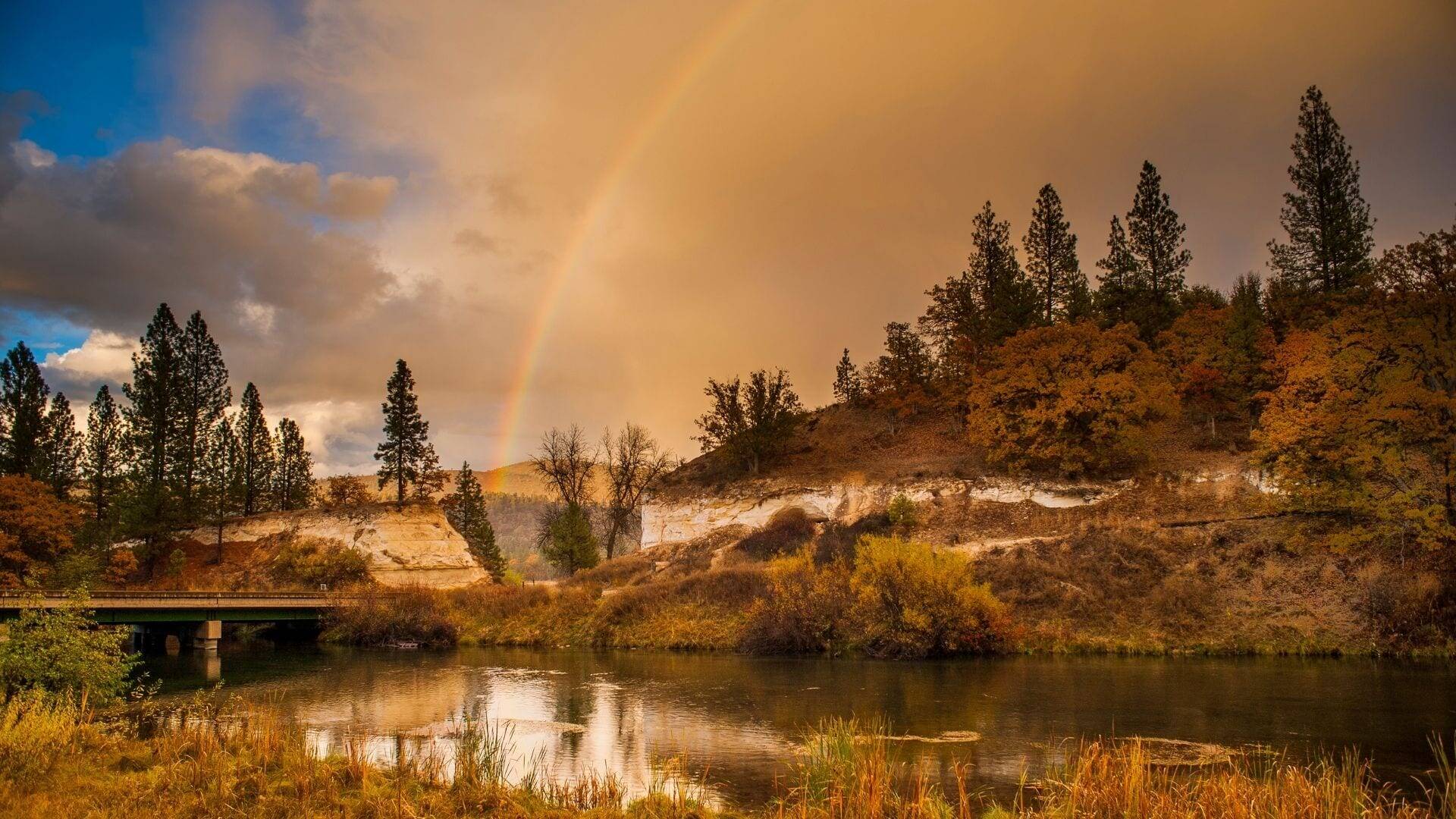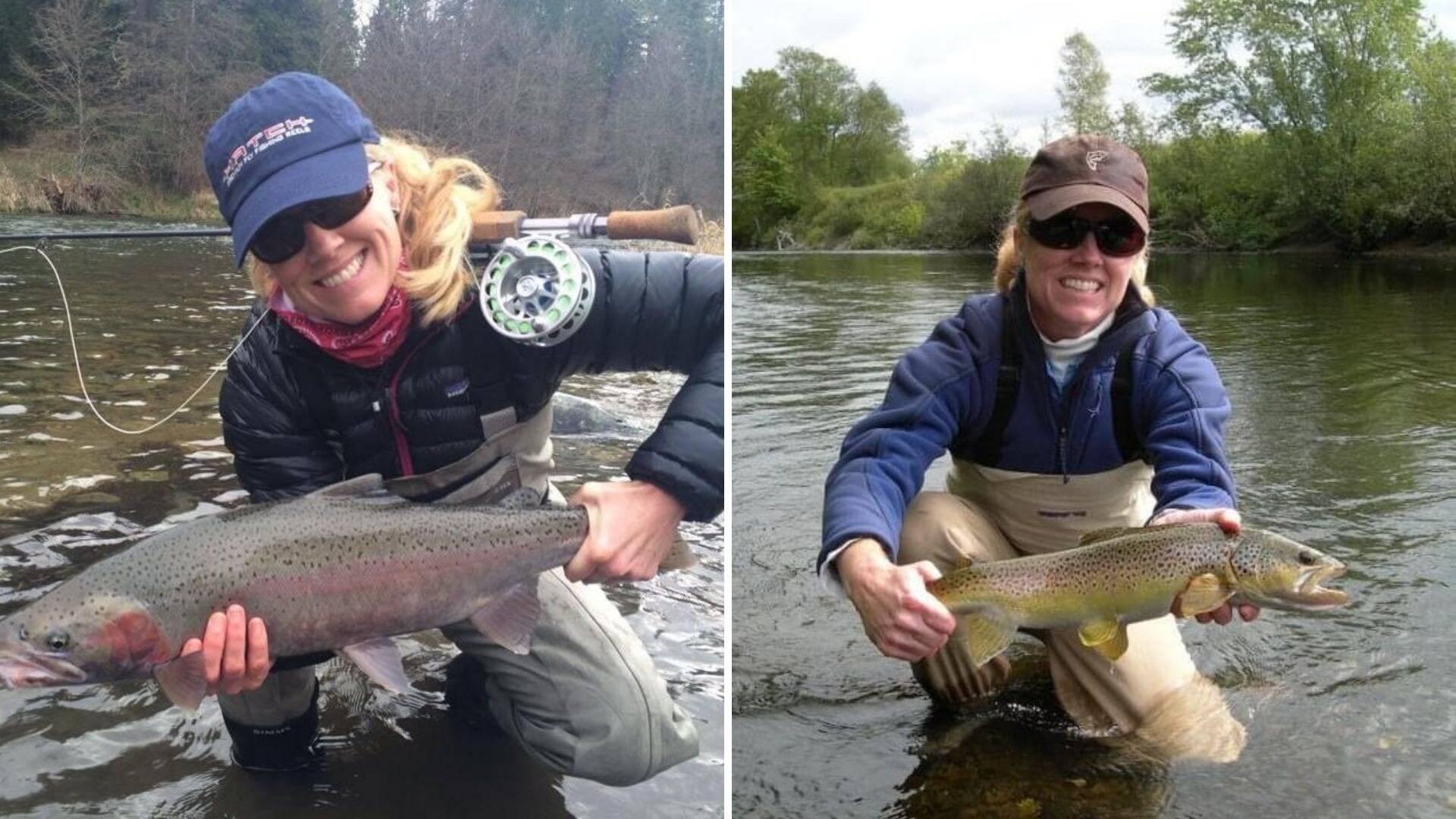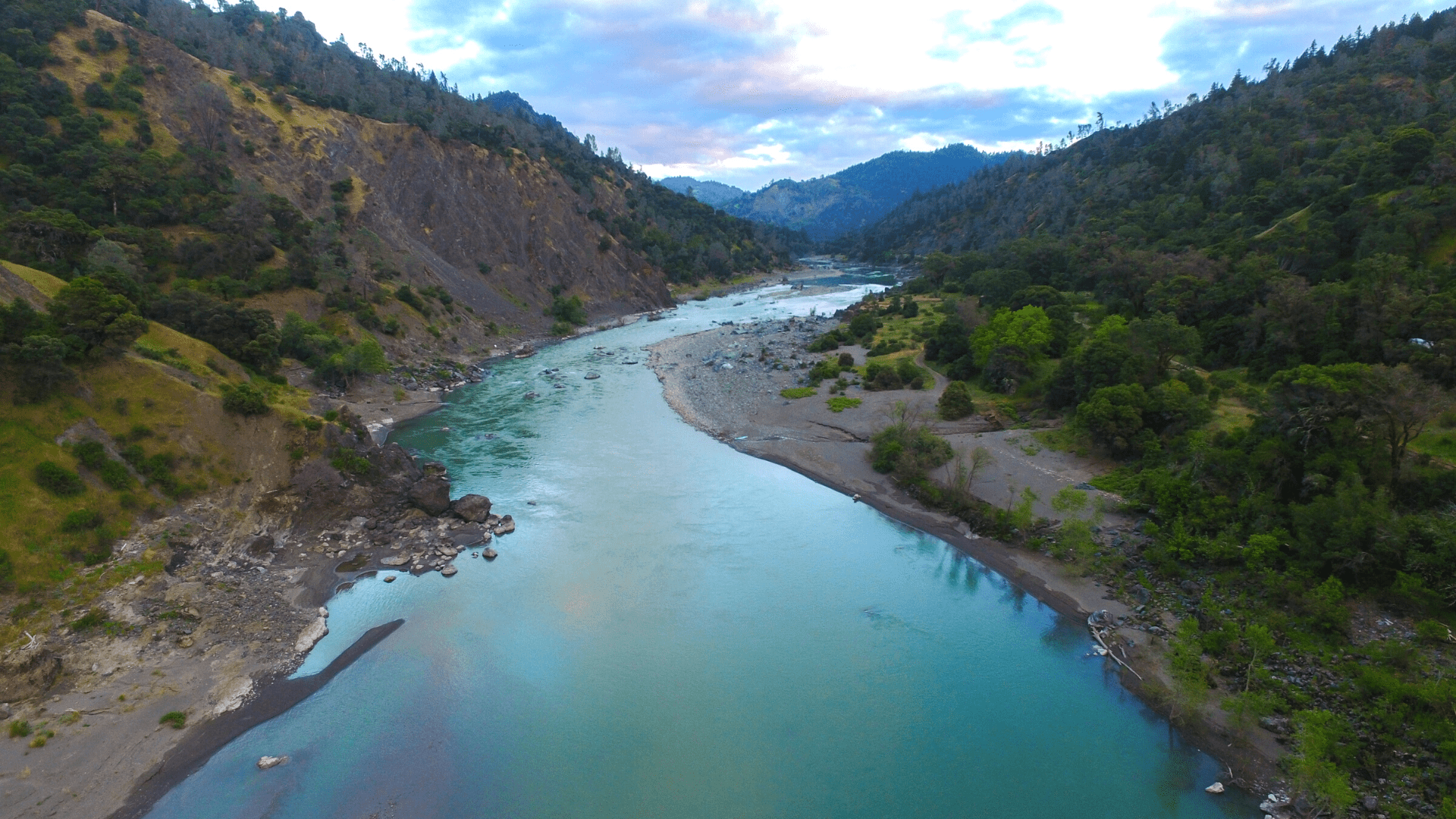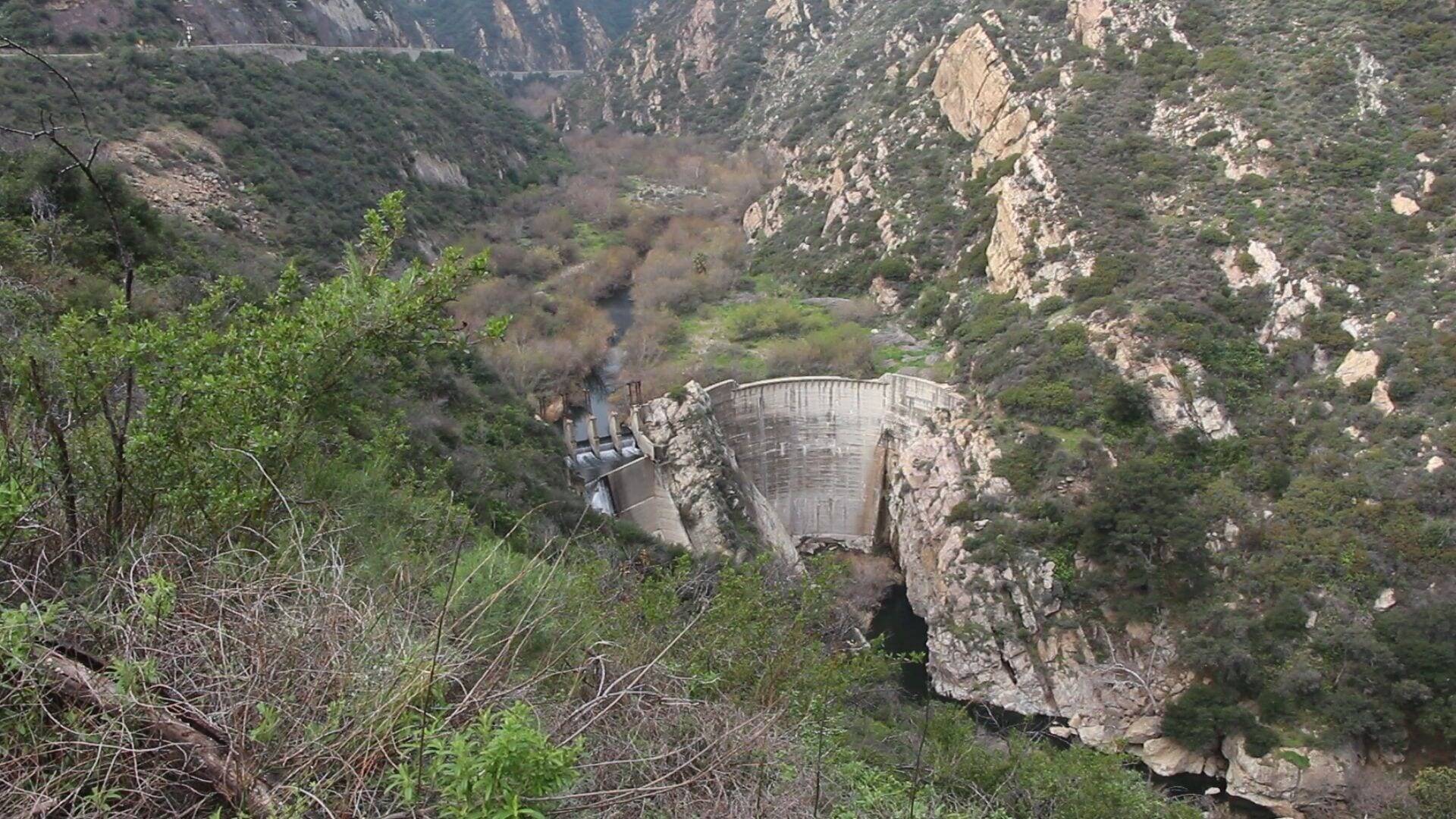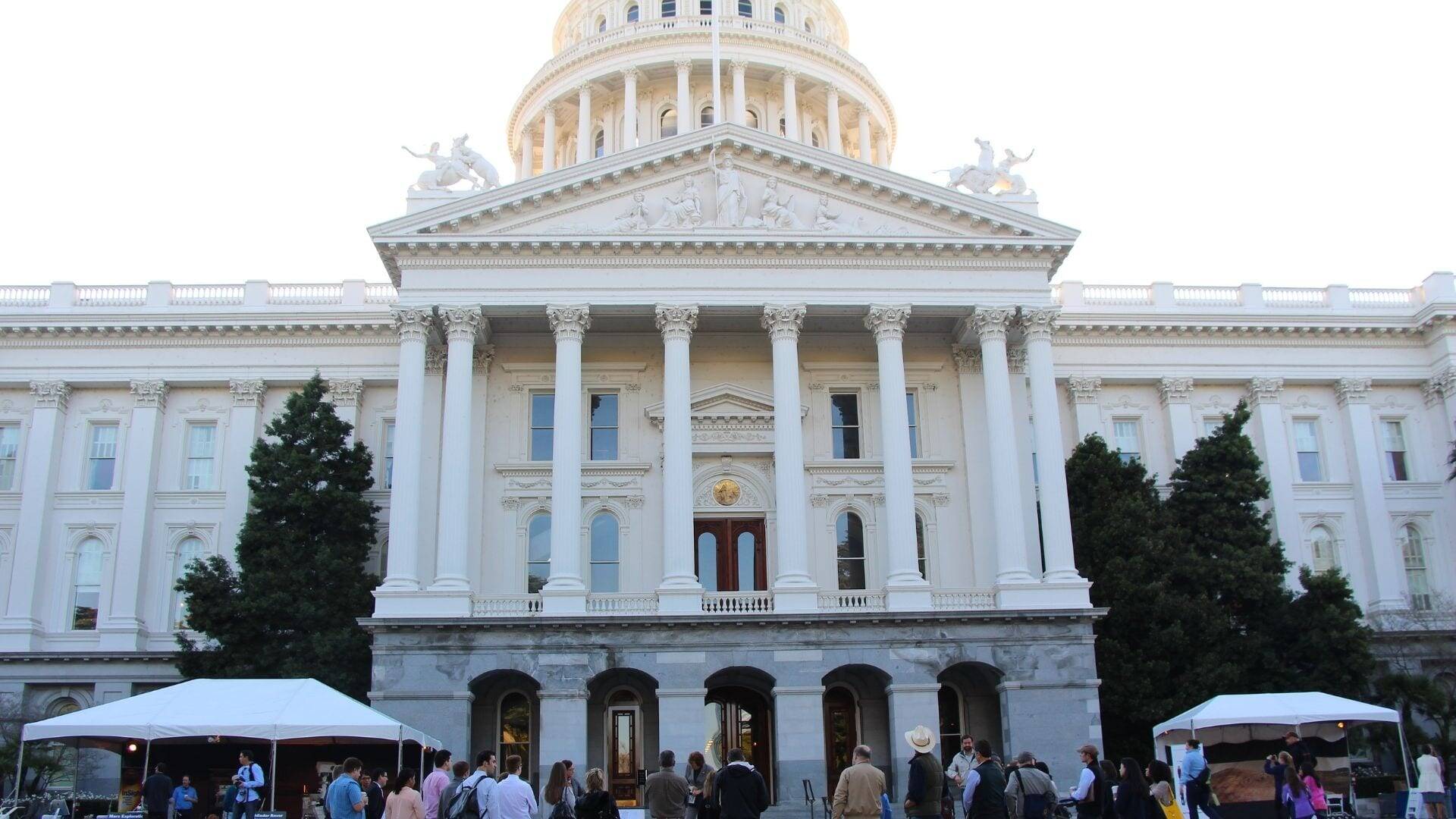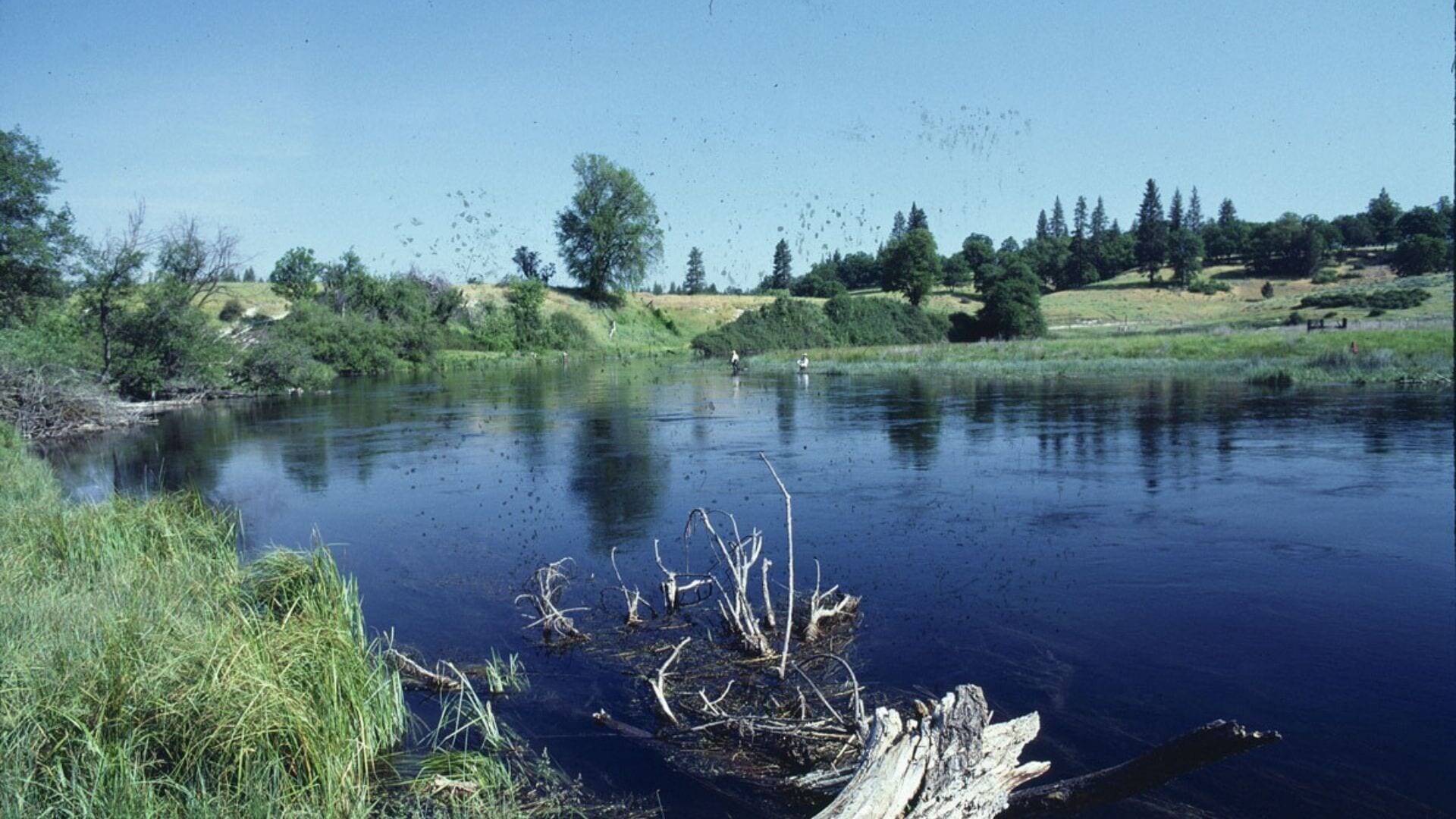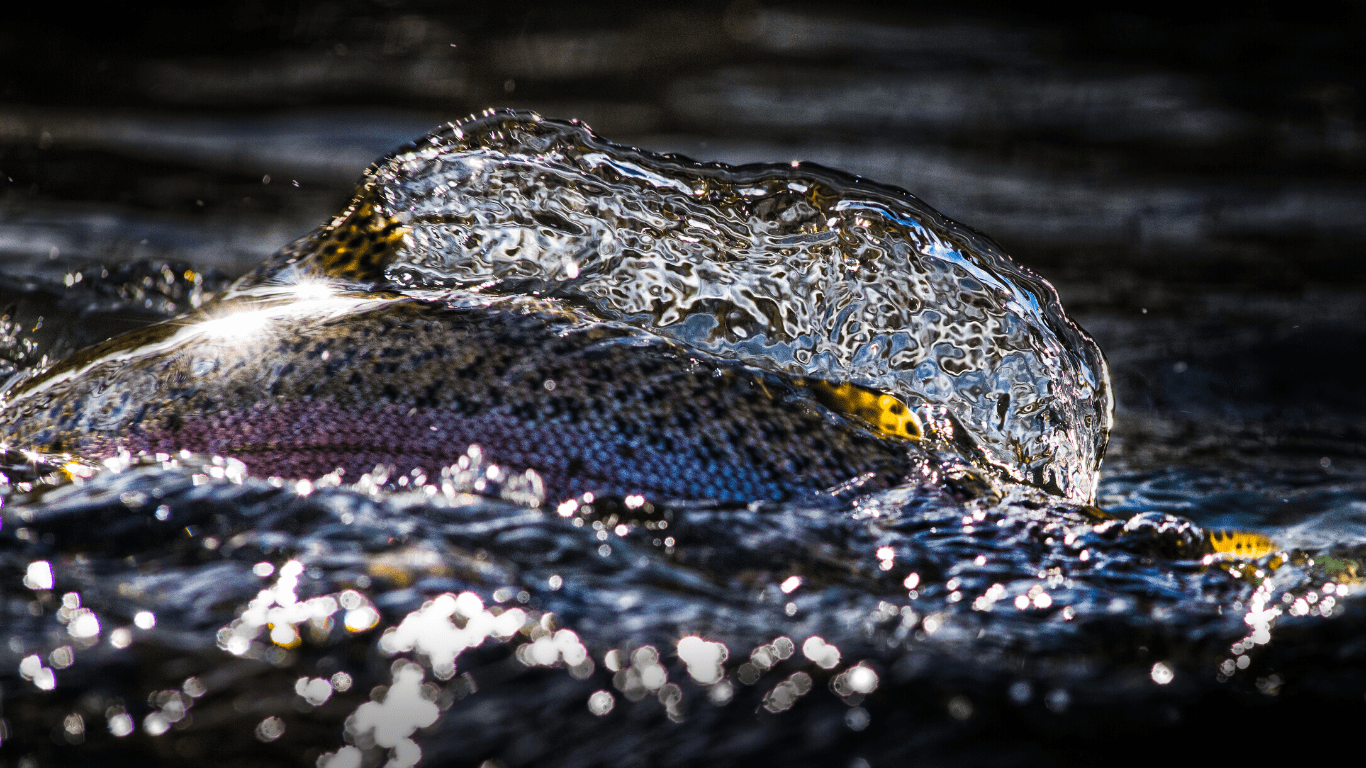The Wild and Scenic Mokelumne River
The Fight to Save the Moke
I’m proud to call the Mokelumne my home river.
Over the past few decades, I have seen the poppies bloom in spring, the blackberries ripen in summer, the leaves drop in fall, and the birds come and go in winter.
I’ve spent a lifetime exploring the river as much as possible, fishing many different sections and keeping detailed notes and a fishing log to monitor fish populations and wildlife encounters.
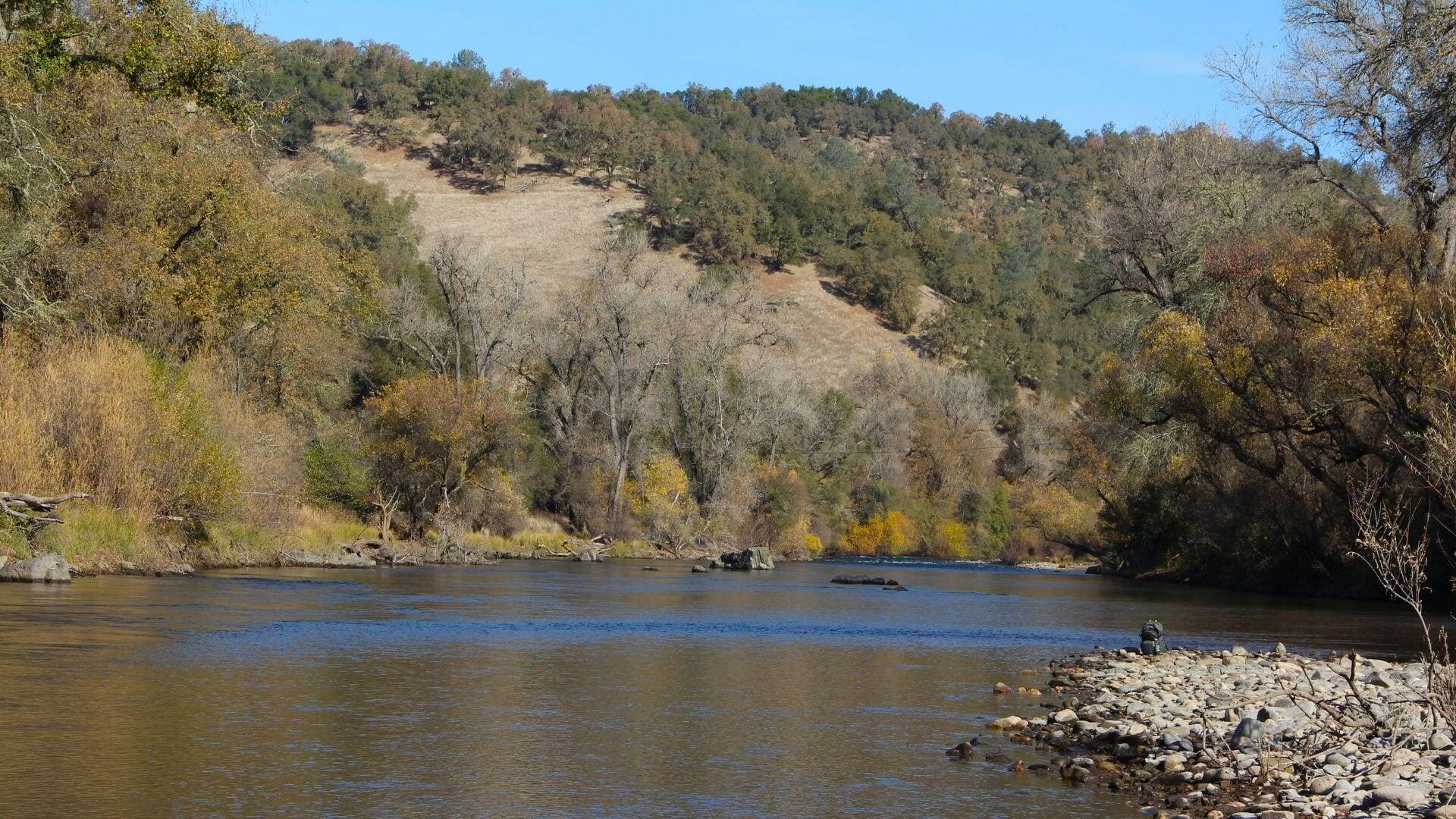
History
Historically, the Mokelumne is a large fish producing river that once supported one of the most abundant runs of Chinook and coho salmon in the Sierra Nevada.
In turn, this fish population supports one of the largest networks of native people, the Miwok Nation that stretches from the Coast up the Delta and follows the Mokelumne all the way up to the headwaters at Ebbitts and Carson Passes.
The name Mokelumne means “people of the fishing nets” in Miwok. They are the band of Miwok peoples that dip netted salmon on the Mokelumne.
Although much different than it once was, the cold waters of the “Moke” still support at least 5 species of native salmonids. The Chinook salmon, coho salmon, Pacific steelhead, Coastal rainbow trout and in the upper reaches, Lahontan Cutthroat Trout as well as non-native brown Trout and Kokanee Salmon.
The Moke canyon is also home to hundreds of species of native birds, reptiles, amphibians, insects, and mammals as it has been for thousands of years.
Photo: Mokelumne in the Fall by Mike Wier
Lasting Impacts from the Gold Rush
In Western settler history, the Mokelumne was ground zero of the Mother Lode deposit that sparked the California Gold Rush. During the time from the mid-1800s to the early-1900s the river was heavily impacted by settler colonization.
Much of the Mokelumne was permanently altered from its natural state. The lower elevation river channels were stripped down to bedrock and all the substrate rolled through slush boxes.
In addition, millions of tons of dirt and silt were stripped from the hillsides and flushed through the river to the delta. Ecologically, the river is still recovering but will never be the same.
These days the Mokelumne is still a hard-working river. There are 5 powerhouses and a network of dams built in the early 1900s that provide hydropower to local communities, water for municipalities, firefighting, and flood control. This network of infrastructure has helped the development of Amador and Calaveras County and is still a big part of the local water infrastructure.
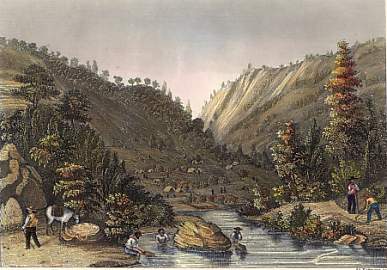
Photo: Gold mining on the Mokelumne by John Putnam
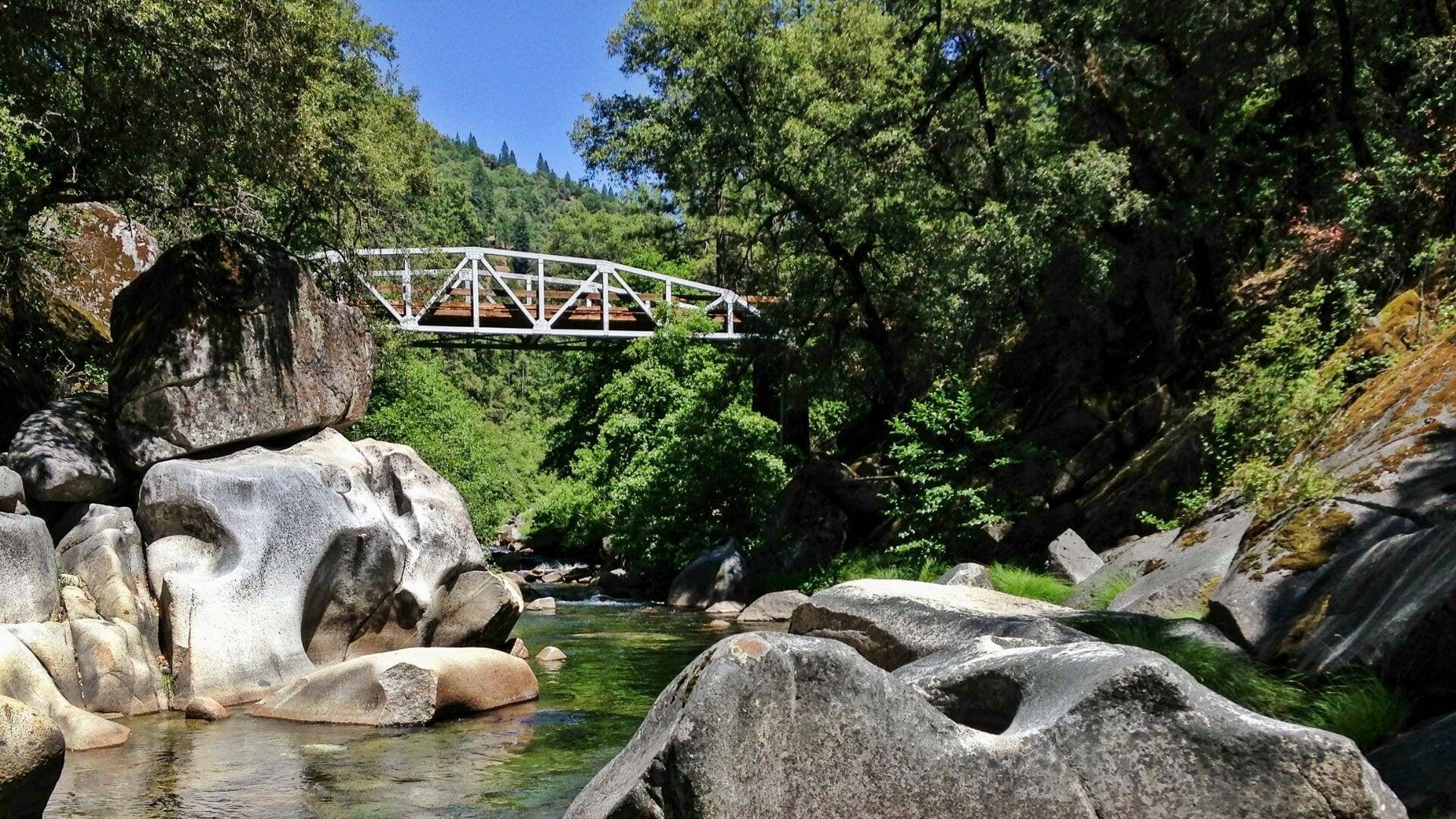
But When Is Enough, Enough?
In 2008, that question arose when one of my favorite sections of the Mokelumne became threatened by a proposal to expand the dam at Pardee Reservoir.
For many years, I have enjoyed hiking, fishing, rafting and swimming in the waters along Electra Road outside of Jackson and the less visited area between Highway 49 and Middle Bar Road. Middle Bar is a historic gold mining town that has long since disappeared and was centered around one of the first year-round crossing sites on the Mokelumne River. It was also home to several large mines and one of the very first hydropower facilities in California.
What is unique about this section of the Mokelumne is that it is the first area where the river comes out of the canyon and begins to open up on either side, creating a nice riparian area that supports countless wildlife.
This section of river was mostly left alone. The land on both sides of the river is owned by East Bay Municipal Utility District (East Bay MUD) the utility that also owns the two lower dams, and it was closed to the public for decades. Unintentionally, it had become a refuge for local wildlife and fish.
The water was only legally accessible by rafting or wading below the high-water mark and was a great place to get away from crowds, see some cool animals and potentially catch a wild trout or two.
There is no hatchery stocking on the Mokelumne so all fish were wild or occasionally hold over planters from Pardee Reservoir that found their way through the lake and into the cold waters of the river.
Photo: The Moklumne River by Bill Schimpf
The Fight to Protect The Moke
For years, it was one of my favorite places to fish. Then in 2008 everything changed when East Bay MUD publicly announced its 2040 water plan which included raising the dam on Pardee Reservoir by 40 feet which would flood all 3.5 miles of the Middle Bar section, past Hwy 49 and up another mile or so into the Electra Road section. This plan called for replacing the Highway 49 bridge and taking out the historic Middle Bar bridge.
A heated battled ensued to protect this stretch of river from being lost. Luckily, the Moke is loved by locals and rallied a nonpartisan response when it came to protecting our beloved local river.
Dam enlargement and reservoir expansion opposition was led by the Foothill Conservancy, who already had an existing campaign to protect the remaining free-flowing stretches of the Moke with Wild and Scenic River designation.
Others joined in including CalTrout, Trout Unlimited, Friends of the River, the Sierra Club, and OARS rafting company, among many others. The Foothill Conservancy already had a good working relationship with East Bay MUD and were respected as a strong voice for sustainable development and environmental protection.
And of course, as CalTrout turns 50 this year, there is no doubt of the expertise and clout they bring to the table when it comes to issues like this.
As a member of the community who arguably fished that river more than most, and kept photo documentation, and written notes of fishing conditions of the years, I testified at a few board of supervisors meetings.
That was the first time I stood in front of a crowd and give an impassioned speech about protecting the places I know and love. This issue hit close to home for me because it was literally my home waters at stake.
The Middle Bar section was also one of the last river riparian zones left given that the next 15 miles of river was buried under Pardee and Camanche Reservoirs.
That habitat was critical to the long-term survival of some of California’s iconic wildlife and has some of the best spawning habitat for wild trout in the entire river.
Also, the proposed plan would have flooded the historic Middle Bar Bridge, which was a popular fishing spot for locals and one of the very few fishing spots accessible for disabled people and children.
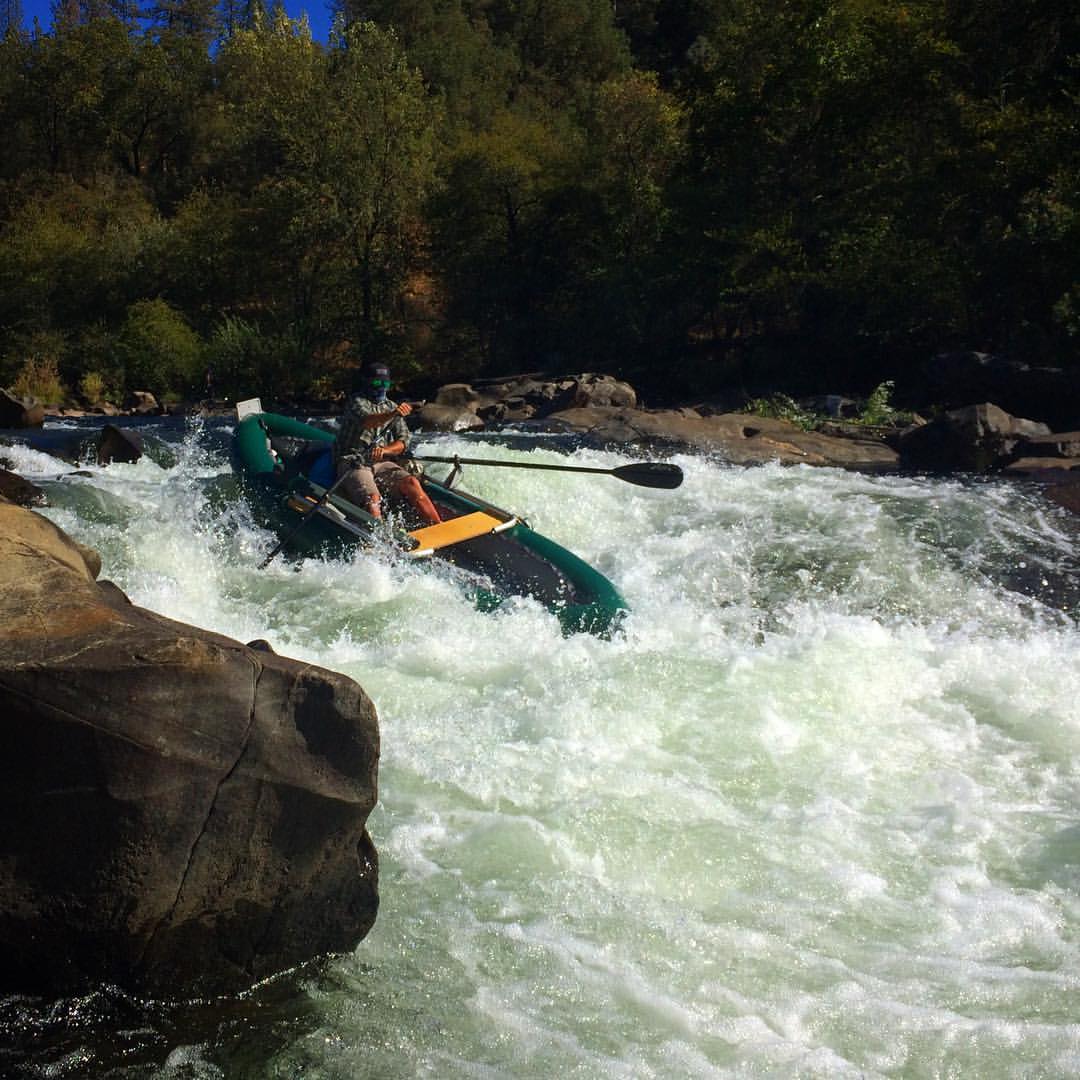
Photo: Rafting down the Moke by Mike Wier
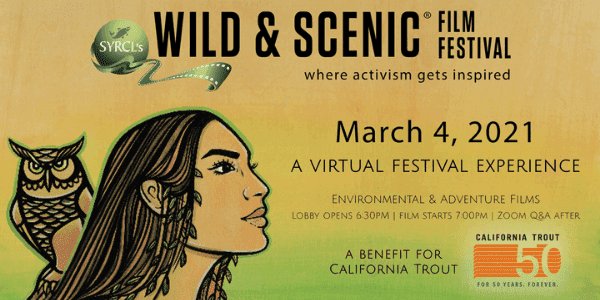
Purchase tickets today for the Wild and Scenic Film Festival hosted by CalTrout.
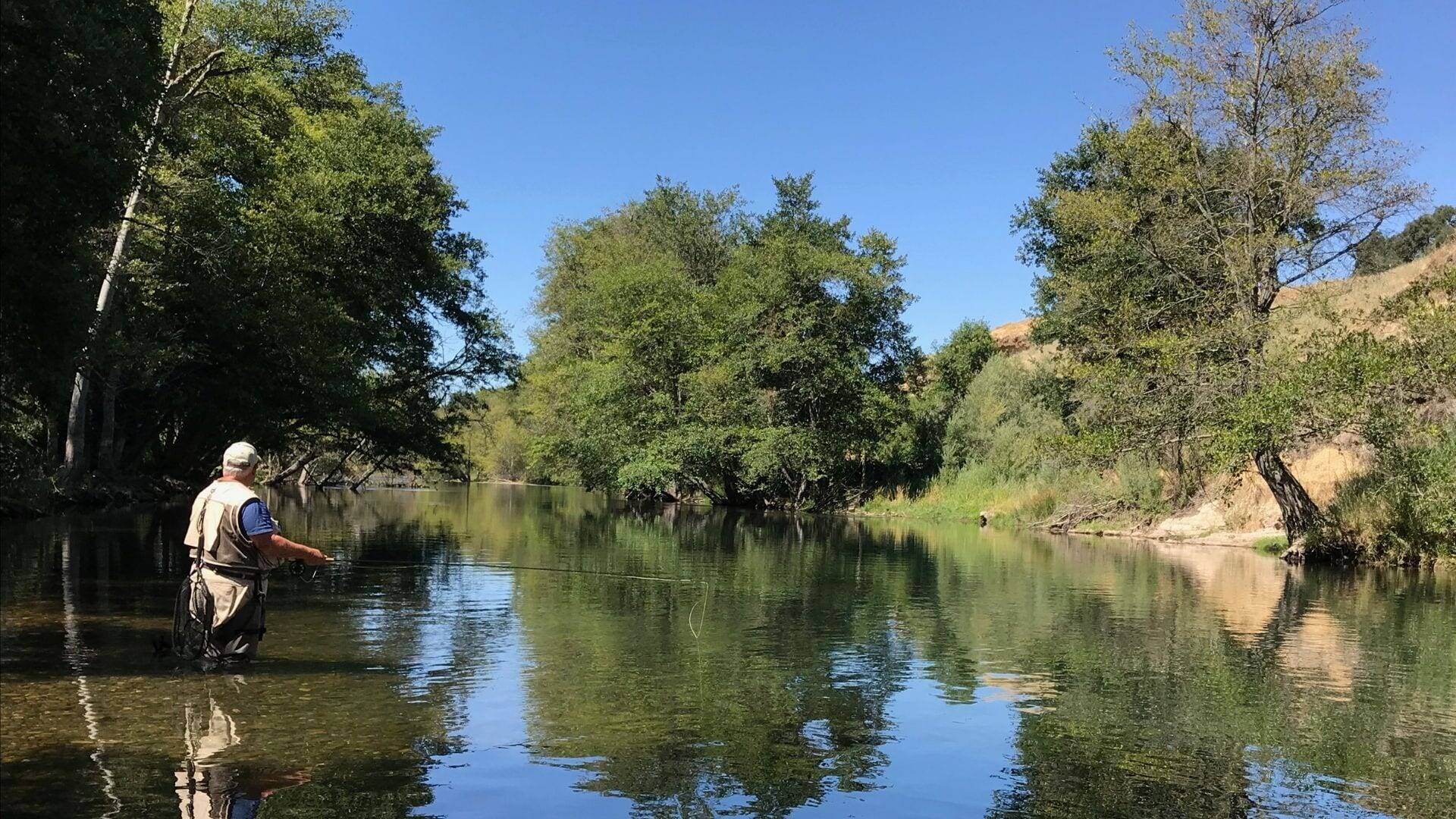
Telling the Moke Story
After attending meetings and speaking about the issues, I donated my time to make a video about the fight to save the river.
Up until that point, I was mostly doing travel and adventure fly-fishing documentaries and I was looking to tell more conservation-oriented stories.
I knew friends that worked for TU and CalTrout and decided it would be a good opportunity get this story out to a broader audience.
I figured once people in the Bay Area saw with their own eyes what was at stake they would want to join in and help prevent this environmental tragedy too.
The next couple months were spent driving around from the headwaters down to the lower reach to capture video of the river, fish and wildlife.
It was spring time and the grass was green, the flowers were blooming and the wildlife was happy and abundant.
Those days out filming made me realize how important this fight was for the local wildlife as well as the community.
I decided to include wildlife into the story as much as the human side and the benefits to sportsman and recreation from a free flowing river.
Photo: Kend Mastrogiovanni fishing on Moklumne River by Nova Mastrogiovanni
In the video, I showed photos and videos of local wildlife and gave them all human voices to help make their fight for survival more relatable.
In the end, the video helped tremendously. The final video was selected for the South Yuba River Citizens League’s Wild and Scenic Film Festival that year and was widely circulated throughout the state and especially in the communities that East Bay MUD serves. It helped turn the tide of public perception.
After successful litigation by the Foothill Conservancy, Friends of the River, and the California Sportfishing Protection Alliance, East Bay MUD dropped the dam expansion proposal as part of their future water plan. It was a huge victory for the Foothill Conservancy, CalTrout, and all California river advocates.
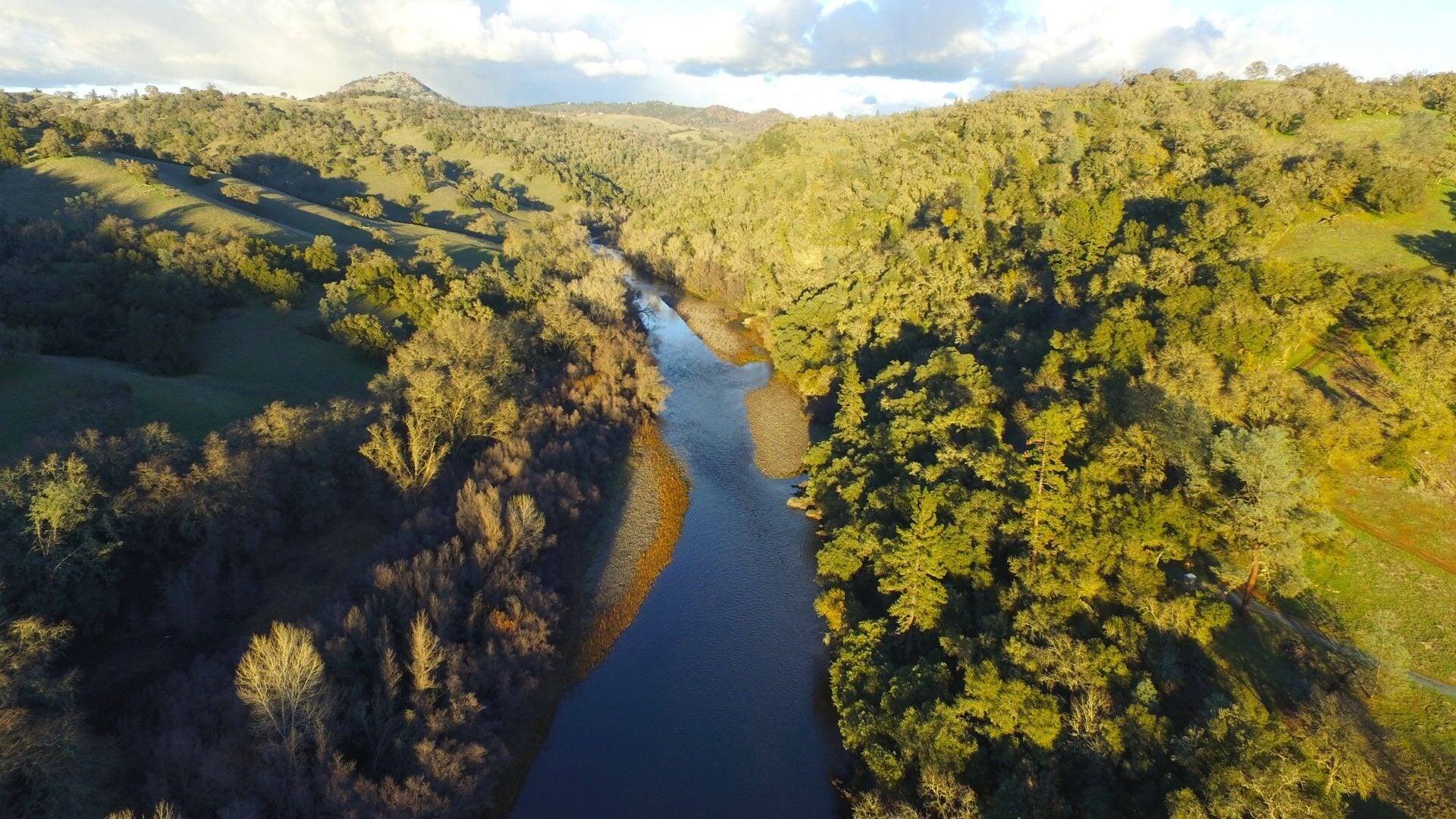
After that experience, I realized the impact that video and storytelling can have on environmental campaigns.
My next project included a video for Trout Unlimited California to promote their program on the Truckee River and Northern California. It was an effective fund-raising tool.
A couple years later I landed a full-time job with CalTrout and the rest is history!
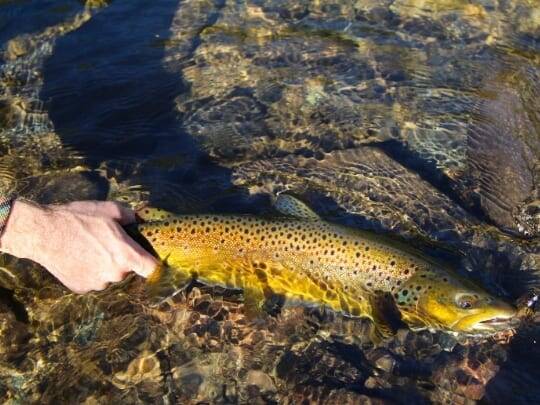
Photo: Mokelumne River Brown Trout by Mike Wier
Photo: Mokelumne River Middle Bar by Mike Wier
In 2018, the Foothill Conservancy and Friends of the River finally landed the Mokelumne on the state Wild and Scenic River list! It was satisfying to see the campaign come around full circle.
Thanks to the efforts of the Foothill Conservancy, CalTrout, TU, OARS, Friends of the River and others the remaining 37 miles of free-flowing river from Salt Springs Dam to Pardee Reservoir will remain free flowing for future generations to enjoy as I have for all these years.
I still love visiting and fishing the mighty Mokelumne year after year. It makes me happy to visit the part of river that could have been destroyed and know that the efforts we put into protecting it had a lasting impact.
This Thanksgiving I visited the river with my nephews and brother and I felt proud to share it with the next generation and show them the same runs and fishing holes I used to enjoy at their age.
This solidified the resolve in me that good places are worth fighting for and if you stand up for what you love and believe in, you too can make a difference.
Thanks for your continued support of CalTrout and helping our mission to protect the last wild rivers of California.
-Michael Wier
In 2018, the Foothill Conservancy and Friends of the River finally landed the Mokelumne on the state Wild and Scenic River list! It was satisfying to see the campaign come around full circle.
Thanks to the efforts of the Foothill Conservancy, CalTrout, TU, OARS, Friends of the River and others the remaining 37 miles of free-flowing river from Salt Springs Dam to Pardee Reservoir will remain free flowing for future generations to enjoy as I have for all these years.
I still love visiting and fishing the mighty Mokelumne year after year. It makes me happy to visit the part of river that could have been destroyed and know that the efforts we put into protecting it had a lasting impact.
This Thanksgiving I visited the river with my nephews and brother and I felt proud to share it with the next generation and show them the same runs and fishing holes I used to enjoy at their age.
This solidified the resolve in me that good places are worth fighting for and if you stand up for what you love and believe in, you too can make a difference.
Thanks for your continued support of CalTrout and helping our mission to protect the last wild rivers of California.
-Michael Wier
This article was updated on February 22, 2023 to reflect successful litigation by the Foothill Conservancy, Friends of the River, and the California Sportfishing Protection Alliance that led East Bay MUD to drop the dam expansion proposal as part of their future water plan.





